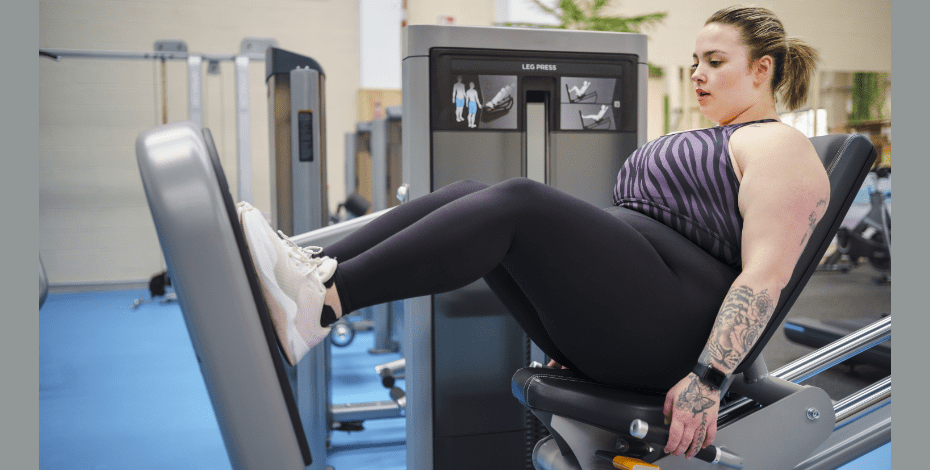
How much money gets physios out of bed?

Do physiotherapists undervalue their services? Antony Hirst considers a sustainable model.
In October this year I presented at IGNITE 2023 in Brisbane, on the pre-conference business day.
My topic was ‘Can Linda Evangelista teach physiotherapists anything?’
It echoed her famous statement that she wouldn’t get out of bed for less than $10,000 and implied that, as physiotherapists, we could learn something about valuing what we do.
One of the quotes in the presentation was from two physiotherapists who recently decided to leave the profession to join the fire brigade.
When I asked them why they were leaving, their response was, ‘I love being a physiotherapist; I just can’t afford to be one.’
After discussing the Value of Physiotherapy in Australia white paper published in October 2020 and the National Physiotherapy Service Descriptors from 2018, I shared with the group a preliminary draft proposal for minimum hourly rates for the provision of physiotherapy services (see Table 1 here).
The draft proposal for minimum hourly rates
The figures shown in Table 1 are minimum rates per hour (with estimated sustainable billings over a 12-month period in brackets).
They are based on the assumption that in a 38-hour week, three hours are taken up by professional development and admin and the remaining 35 are billed at 80 per cent of hours worked.
To break the numbers down further, if there are 1976 hours of work in a year (38 by 52) and if we adjust for approximately nine weeks when billing is not possible for various reasons—for example, annual leave, public holidays, sick leave and long service leave— along with the three hours per week for professional development/ admin, then in effect we have 1505 billable hours a year, 80 per cent of which is 1204.
In other words, 1204 hours a year are billable in a sustainable way. These numbers are, of course, an estimate and open for discussion.
If a physiotherapist with five to 10 years of experience (see Table 1) charges $250 per hour for 1204 hours a week, they have the ability to generate revenue of approximately $300 thousand.
The potential benefits of an appropriate salary include keeping physiotherapists in the profession, sustainably maintaining the provision of physiotherapy services and improving patient care over time due to increased levels of practitioner experience and qualifications.
The Australian Competition and Consumer Commission is aware of this project via correspondence with APA CEO Anja Nikolic and the draft proposal has in-principle support from the APA Business national group.
It’s worth noting that the figures are minimums—there is deliberately no upper range.
Feedback on this proposal is encouraged and most welcome.
Do you believe the minimum hourly rates are in the right ballpark in relation to experience, titling and specialisation? Are they too high, too low or about right?
Please complete the survey here and we will keep you informed.
>> Antony Hirst APAM has been a physiotherapist since 1992 and has always had a keen interest in private practice sustainability. Antony is a former chair of the Victorian branch of the APA Business group and spends his time helping physiotherapy clinics through Antony Hirst Consulting.
© Copyright 2024 by Australian Physiotherapy Association. All rights reserved.






